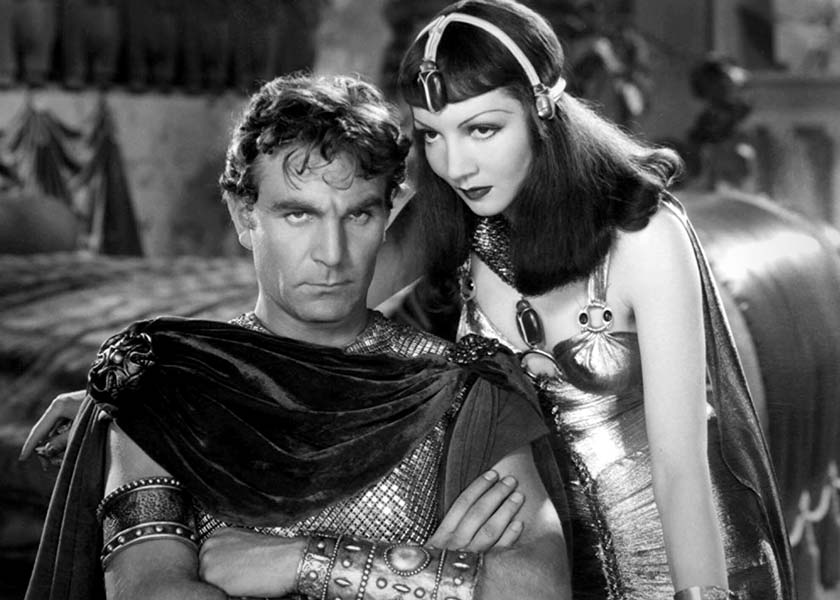The 1934 film “Cleopatra,” directed by Cecil B. DeMille, is a cinematic gem that continues to captivate audiences with its depiction of the enigmatic Queen of the Nile. This classic film has left an indelible mark on both the film industry and popular perceptions of ancient Egypt. In this article, we delve into the legacy of “Cleopatra” and its enduring influence (Movie Cleopatra 1934).
Released during Hollywood’s Golden Age, “Cleopatra” is celebrated for its lavish production and pioneering special effects. DeMille, known for his epic storytelling, crafted a visually stunning narrative that brought ancient Egypt to life. The film was nominated for five Academy Awards, a testament to its artistry and impact.
Claudette Colbert, in the titular role, delivered a performance that remains memorable to this day. Her portrayal of Cleopatra blended intelligence, allure, and power, offering a multifaceted view of the legendary queen. Colbert’s performance was instrumental in solidifying the film’s place in cinematic history.
“Cleopatra” 1934 stands out not only for its cinematic achievements but also for how it shaped public perceptions of ancient Egypt. The film’s elaborate sets and costumes were inspired by historical records and artistic interpretations, contributing to a romanticized yet enduring image of Egyptian opulence. While not entirely historically accurate, the film sparked interest in ancient Egyptian culture and history, influencing subsequent portrayals in media.
DeMille’s portrayal of Cleopatra as a powerful and strategic ruler challenged prevailing stereotypes of women in power. This representation resonated with audiences, particularly during a time when female characters were often relegated to passive roles in cinema.
The legacy of “Cleopatra” 1934 extends beyond its initial release. It paved the way for future adaptations and inspired numerous filmmakers to explore the rich tapestry of ancient Egypt. The film’s success demonstrated the audience’s appetite for historical epics, influencing the production of other iconic films such as “The Ten Commandments” and “Ben-Hur.”
Moreover, “Cleopatra” has been referenced and parodied in various forms of popular culture, reaffirming its place in the cultural lexicon. Its influence is evident in the way Cleopatra’s image has been portrayed in movies, television, and literature over the decades.
The 1934 film “Cleopatra” is more than just a cinematic achievement; it is a cultural touchstone that continues to inspire and intrigue. Its portrayal of ancient Egypt and the legendary queen has left a lasting impact on both the film industry and our understanding of history. By exploring the legacy of “Cleopatra,” we gain insight into the interplay between film, history, and cultural representation.

